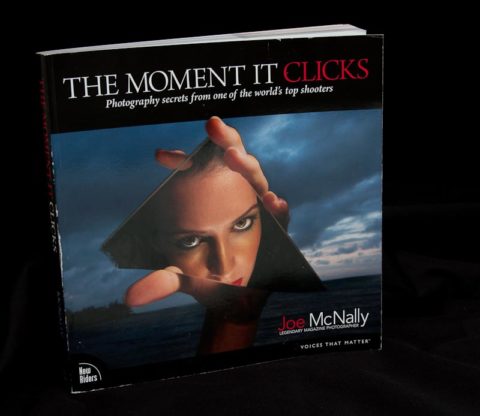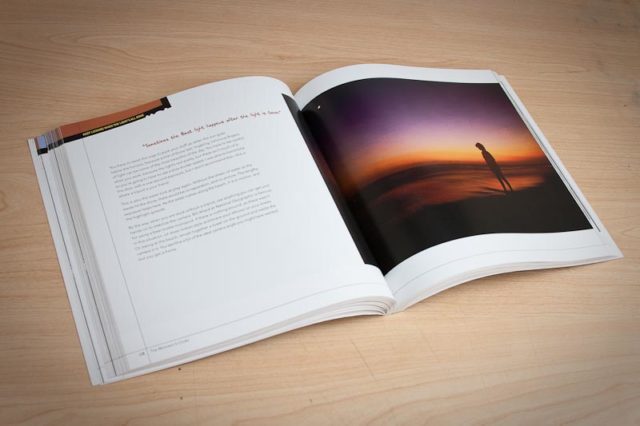The Moment it Clicks Review
Photography books that aren’t clearly textbooks aren’t generally my thing. Even then, there’s so much good information available online that buying a book often seems like a waste of money. Even from that perspective, I’m always looking for new inspiration and new techniques and every time someone recommends a book, I tend to want to check it out—that’s the hopeless optimist talking. More often than not, I’m left leafing though a mediocre book that might have been great if I read it 2 years ago as a total novice but isn’t all that much help otherwise. When the local bookstores fail—and they often do, devoting a single case of shelves to photography—I turn to whatever I can find online; reviews, previews, anything.
I was researching this book when I found a review somewhere that said something to the effect of, “Joe McNally takes a point and distills it in to a single sentence, usually starting with, ‘I had an editor at National Geographic tell me once…’ and then illustrates it in a picture.” Coming from the last book I read and reviewed (The Photographer’s Eye by Michael Freeman, review here) the idea of a simple point illustrated seemed like it might not be a bad change of pace. After all, The Photographers Eye is possibly the most dense book I’ve ever read on photography yet. Based on the reviews and some other recommendations, I decided to take the plunge and order a copy.
It’s worth pointing out; I’ve had a hard time categorizing this book, its part inspiration, part stories and part technique rolled into a single package. Each concept is surrounded by a story that makes the book very easy to read and quite compelling just for the stories alone. In fact, I read my copy cover to cover in 2 hours, before I even started looking at the images and the technique descriptions that go along with most of them.
The trouble I have categorizing this book is mirrored by the trouble I have describing it. It’s clearly divided into distinct chapters, the table of contents tells us as much, but the grouping of topics seems rather arbitrary and scattered to me unlike one might expect. There’s clearly some method to the madness but I’m not yet all that clear as to what it is.
The best description may be what there isn’t. There isn’t is a chapter covering portrait lighting or glamour lighting or the like with detailed diagrams and flash settings, even though those topics are covered. Nor is there a chapter covering composition, framing or how to use a camera, which is probably why I like the book so much. There isn’t even a photo or diagram of Joe contorted into the myriad of seemingly bizarre stances he uses to minimize camera shake.
New Riders, the publisher, have done a lovely job with the production of the book. It’s a soft cover, printed on heavy weight laminated semi-gloss paper, with a seemingly solid binding. The text is clean and legible, though why shouldn’t it be? The photographs appear very well produced as well. Overall, the book is well put together.
If you were looking for an introductory “how to” photography book, I wouldn’t recommend this; nor would I recommend it if you were looking for a text covering a specific subject, like portraiture, or still lives. In fact the strongest thing this book has going for it is the wonderful blend of technique and tale wound together. The writing is easy enough to follow and the techniques are sufficiently explained that one doesn’t have to be an expert at anything to understand the concepts discussed, and anyone interested in the adventures of a working photographer would likely enjoy the stories on their own.
P.s. As you can see from the cover image, I’ve already torn though this book a couple of times, it’s just that good.


Comments
There are no comments on this article yet. Why don't you start the discussion?